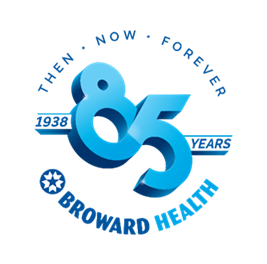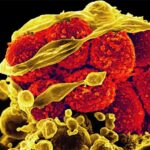When Stephanie Vargas-Garcia’s 3 year-old son, Angel, suffered 2nd and 3rd degree burns on his chest and hands, his care team were able to change his dressings without the excruciating pain associated with the procedure.
Sedara, a new sedation machine that delivers a fixed 50/50 mixture of nitrous oxide and oxygen, lets doctors sedate children like Angel who are undergoing short, painful procedures without having to insert an I.V. or intravenous methods. Sedara has the potential to reduce the time that children need to remain sedated and reduces the risks associated with intravenous techniques.
Although nitrous oxide has been used on children and adults for decades in dental and operating room applications, it is the first time that a machine offers a mechanism to deliver gas in a manner that is safe and controlled without potential for abuse in ambulatory populations.
Pediatric Critical Care of South Florida, who manage the pediatric intensive care unit (PICU) at Joe DiMaggio Children’s Hospital, are one of the first physicians group in Florida to use the machine for pediatric ambulatory sedation. They have been using Sedara for about two months and Angel is one of their first patients to be sedated with the new technology.
Sedara minimizes trauma, struggle and physical restraint. Other benefits include ease of use, availability to patients, improved environmental safety, and the potential to improve patient and family satisfaction through its less invasive and less time-consuming process.
In addition to any other sedation that is being used, Sedara takes minutes to take initial affect, and most patients recover about five minutes after its discontinuation.
PCCSF has been championing this technology in conjunction with Joe DiMaggio Children’s Hospital because of their joint commitment to patient-and family-centered care as well as their ongoing dedication to providing children with the safest, least invasive sedation methods possible for a given clinical situation.




























